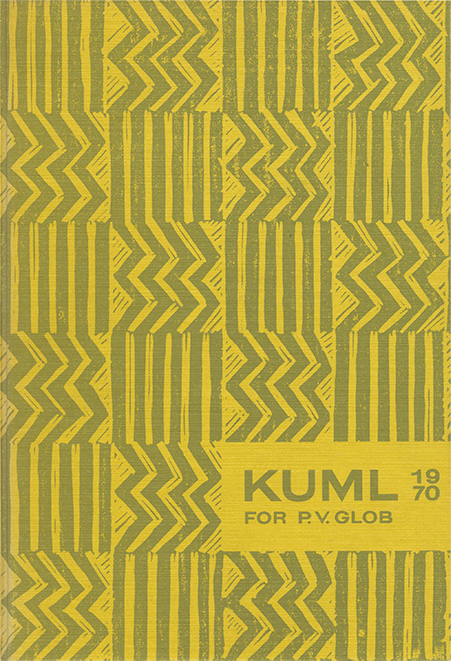Lå vor ældste mølle i Vendsyssel?
DOI:
https://doi.org/10.7146/kuml.v21i21.105514Keywords:
Mill, mølle, earliest, tidligste, vendsysselAbstract
Was our earliest mill in Vendsyssel?
As part of his investigations into the developmental history of the Danish villages, Professor Axel Steensberg carried out excavations in 1938-39 and 1944-46 on the site of the Vendsyssel village of Bolle, which was relinquished about 1650 A. D. The previous settlement had extended along both sides of a N.W.-S.E. oriented narrow belt of meadow and bog.
These studies were contained in Steensberg's monograph Bondehuse og Vandmøller i Danmark gennem 2000 År (»Farms and Water Mills in Denmark, during 2000 Years«), Copenhagen 1952.
The excavations uncovered the remains of a mill and buildings from the 16th century, an iron-smeltery from around 1300, and prehistoric remains from the centuries around the beginning of our era, the Early Iron Age, hence the tide of the publication.
The prehistoric remains comprised a cobbled paving associated with a row of larger stones, leading in a N.-S. direction into the bog, where it continued for a short distance as a paving of planks. About 20 m further east, another row of stones occurred with almost the same orientation. From the peat adjoining this second row a small gneiss stone was recovered with other small finds, which was interpreted as a fragment of a rotary quern or mill stone. The two rows of stones, which were interpreted as mill dams, in combination with the presumed quern, provided in the publication the basis for the opinion that mills, presumably vertical water mills, had existed in Denmark in the Early Iron Age. This was of crucial interest, as the rotary quern was otherwise not known before 200 A.D. and mills not before the early Middle Ages.
In a critical examination of the published evidence, the present author states the opinion that the stone interpreted by Steensberg as a quern fragment received its present form in glacial and postglacial times without human interaction.
The author considers the remains interpreted as mill dams to be those of tracks or paths into or across the bog, representing a common phenomenon in Northern Europe, the stone- or plank-paved tracks and paths well known in particular from the period in question, cf. Johannes Brøndsted, Danmarks Oldtid, 2nd ed., vol. III, p. 452.
Viggo Nielsen
Downloads
Published
How to Cite
Issue
Section
License
Fra og med årgang 2022 er artikler udgivet i Kuml med en licens fra Creative Commons (CC BY-NC-SA 4.0).
Alle tidligere årgange af tidsskriftet er ikke udgivet med en licens fra Creative Commons.


